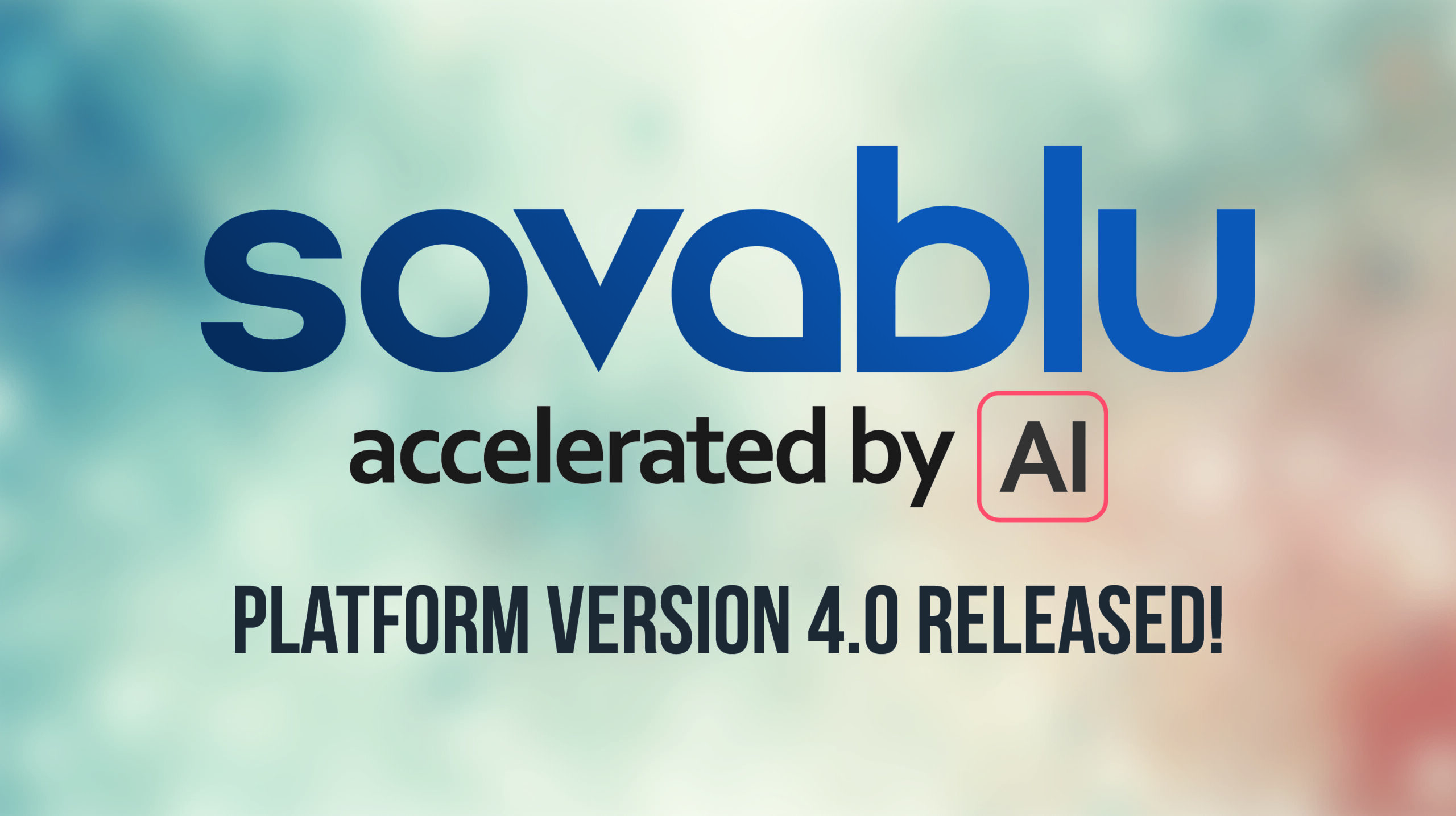Introduction
Digital transformation is the integration of digital technology into all areas of a business, fundamentally changing how you operate and deliver value to customers. It’s also a cultural change that requires organizations to continually challenge the status quo, experiment, and get comfortable with failure. This transformation journey is not just about updating technology but also about upgrading skills, understanding customer needs, and adopting a digital-first mindset.
History of Digital Transformation
The concept of digital transformation dates back to the advent of digital computing in the 1950s and 1960s. During this era, businesses began to use computers to automate manual processes and create electronic versions of physical records. This was the first wave of digital transformation, characterized by the automation of repetitive tasks and the digitization of analog information.
The second wave of digital transformation was ushered in with the rise of the internet and e-commerce in the late 1990s and early 2000s. Businesses started to leverage the internet to reach a global audience, sell products online, and provide customer service digitally. This era saw the birth of companies like Amazon and eBay, which disrupted traditional retail with their digital business models.
Evolution Over Time
Over the past several decades, digital transformation has evolved from simply digitizing information to changing the way businesses operate and deliver value to customers. It’s no longer just about incorporating digital technology into different areas of a business. It’s about creating entirely new categories of businesses, such as digital marketplaces and platforms.
Today, digital transformation involves using technology to enhance traditional business activities. It also involves inventing new digital business models and creating new digital revenue streams. Companies are now leveraging technologies like artificial intelligence, machine learning, and innovative approaches like low-code and no-code development to transform their business operations.
Role of Technological Evolutions
Technological advancements have played a crucial role in digital transformation. The internet has enabled businesses to reach customers globally. Mobile technology has allowed businesses to be always connected with their customers. Cloud computing has provided businesses with scalable computing resources. Big data analytics has given businesses insights into customer behavior. Artificial intelligence and machine learning are enabling businesses to automate processes and personalize customer experiences. Low-code and no-code platform are enabling organizations of all sizes to transform their ideas into modern technological solutions significantly faster and at a much lower cost.
Compelling Factors
There are several compelling factors for digital transformation. These include changing customer expectations, increased competition from digital-native startups, the need for cost reduction, and the need to improve operational efficiency.
Today’s customers expect seamless, personalized experiences across all touch points. They expect businesses to be always available and provide instant service. To meet these expectations, businesses need to transform their operations and adopt a digital-first approach.
Digital-native startups are disrupting traditional industries with their innovative business models and customer-centric approaches. To compete with these startups, established businesses need to digitally transform and innovate.
Digital transformation can also help businesses reduce costs and improve operational efficiency. By automating manual processes and leveraging data analytics, businesses can reduce operational costs and make better decisions.
Different Approaches
There are different approaches to digital transformation. Some businesses choose to transform their entire business at once, while others opt for a more gradual, step-by-step approach. Some businesses focus on transforming customer-facing functions first, while others start with back-end operations.
The choice of approach depends on various factors, including the business’s current digital maturity, the industry in which it operates, and the resources available. Regardless of the approach chosen, it’s important for businesses to have a clear digital transformation strategy and roadmap.
Digital Transformation: What It Is and What It Is Not
So that brings us to these two very important questions – “What is digital transformation?” and “What is NOT digital transformation?”
What is Digital Transformation?
Digital transformation is a comprehensive and coordinated approach to integrating digital technology across all aspects of a business, fundamentally altering the way the organization operates and delivers value to its customers. It’s a strategic, long-term initiative that goes beyond mere technology adoption.
- A Holistic Approach to Business Change: Digital transformation is not about implementing a new software system or launching a mobile app. It’s a holistic approach to change, affecting every aspect of the business from its internal processes and systems to its value proposition and external relationships.
- Leveraging Digital Technology: At the heart of digital transformation is the use of digital technology to enhance business performance. This can involve a wide range of technologies, including cloud computing, big data analytics, artificial intelligence, machine learning, and the Internet of Things.
- Customer-Centricity: Digital transformation is driven by the changing needs and expectations of customers in the digital age. Businesses need to leverage digital technology to enhance customer experiences and meet their evolving demands.
- Cultural and Organizational Change: Digital transformation also involves a significant cultural and organizational change. Businesses need to foster a digital culture that encourages innovation, agility, and customer-centricity. They need to break down silos and promote collaboration across different parts of the organization.
- Continuous Innovation and Adaptation: Digital transformation is not a one-off project or initiative. It’s a continuous process of innovation and adaptation. Businesses need to continually explore new technologies, experiment with new ideas, and adapt their strategies based on their learnings and market changes. A key aspect of this in the technology space would be adopting automation approaches like low-code and no-code platforms.
Bringing all that together, digital transformation is a complex and multifaceted process that goes beyond mere technology adoption. It’s about using digital technology to innovate, enhance customer experiences, and drive business performance. It requires a strategic vision, a customer-centric mindset, and a culture of continuous learning and adaptation. It requires a very high level of agility within each and every team in the organization.
What Digital Transformation is NOT?
Understanding what digital transformation is “not”, is just as important as understanding what it is. This helps to dispel common misconceptions and provides clarity on the true nature of digital transformation.
- Not Just About Technology: While digital transformation involves the use of digital technologies, it’s not just about the technology itself. It’s about how businesses can leverage technology to create value. For instance, simply implementing a new software system or launching a mobile app does not constitute a digital transformation. These are merely digital initiatives. A true digital transformation involves using these technologies to fundamentally change how the business operates and delivers value to customers.
- Not a One-Time Project: Digital transformation is not a one-time project or initiative that has a defined start and end date. It’s a continuous journey of adaptation and change. Businesses need to continually explore new technologies, experiment with new ideas, and adapt their strategies based on their learnings and market changes. For example, a business cannot simply create a digital strategy, implement it, and then consider its digital transformation complete. The digital landscape is constantly evolving, and businesses need to evolve with it.
- Not a One-Size-Fits-All Solution: There’s no one-size-fits-all approach to digital transformation. What works for one business may not work for another. Each business has its own unique set of challenges, opportunities, and resources, and its digital transformation strategy needs to reflect this. For instance, a digital-native startup’s approach to digital transformation will be different from that of a traditional, established company.
- Not Just About Cost Savings: While digital transformation can lead to cost savings by improving efficiency and reducing waste, this should not be the primary goal. The main objective of digital transformation is to improve customer value and create competitive advantage. For example, a business should not automate a process simply because it’s cheaper, but because it improves the customer experience or enables the business to deliver new services.
- Not Without Its Challenges: Digital transformation is not an easy or straightforward process. It involves significant cultural and organizational change, and it requires a long-term commitment from the entire organization. It’s not something that can be achieved overnight or without encountering challenges along the way. Businesses need to be prepared for these challenges and have strategies in place to overcome them.
So, digital transformation is not a quick fix or a silver bullet. It’s a complex and ongoing process that requires a strategic approach, a customer-centric mindset, and a willingness to embrace change and overcome challenges. It’s about leveraging technology to create value, not just for the sake of using technology.
Digital transformation, most importantly, is a mindset – a highly evolved and progressive mindset that is focused on elevating an organization’s capabilities to unprecedented levels.
Footnote:
With SOVA, a large portion of our association with customers involves helping them to get a clearer understanding of how to effectively deliver digital transformation while achieving a critical balance between time, cost and effort. Using the SOVA platform, combined with multiple service engagement models, gives them a strategic technological edge in their domain that further contributes to stronger bottom-lines, satisfied end customers and an energized workforce. These positive factors add up quickly and make digital transformation a measurable outcome that accelerates business growth for years to come. If your organization is beginning its digital transformation journey, or has already embarked on it with unsatisfactory results, reach out to us, and we will be happy to engage with you to drive things forward in the right direction at a much faster pace. We are invested in your success, not just today, but through every evolution that your organization goes through in this rapidly changing world we live in.








